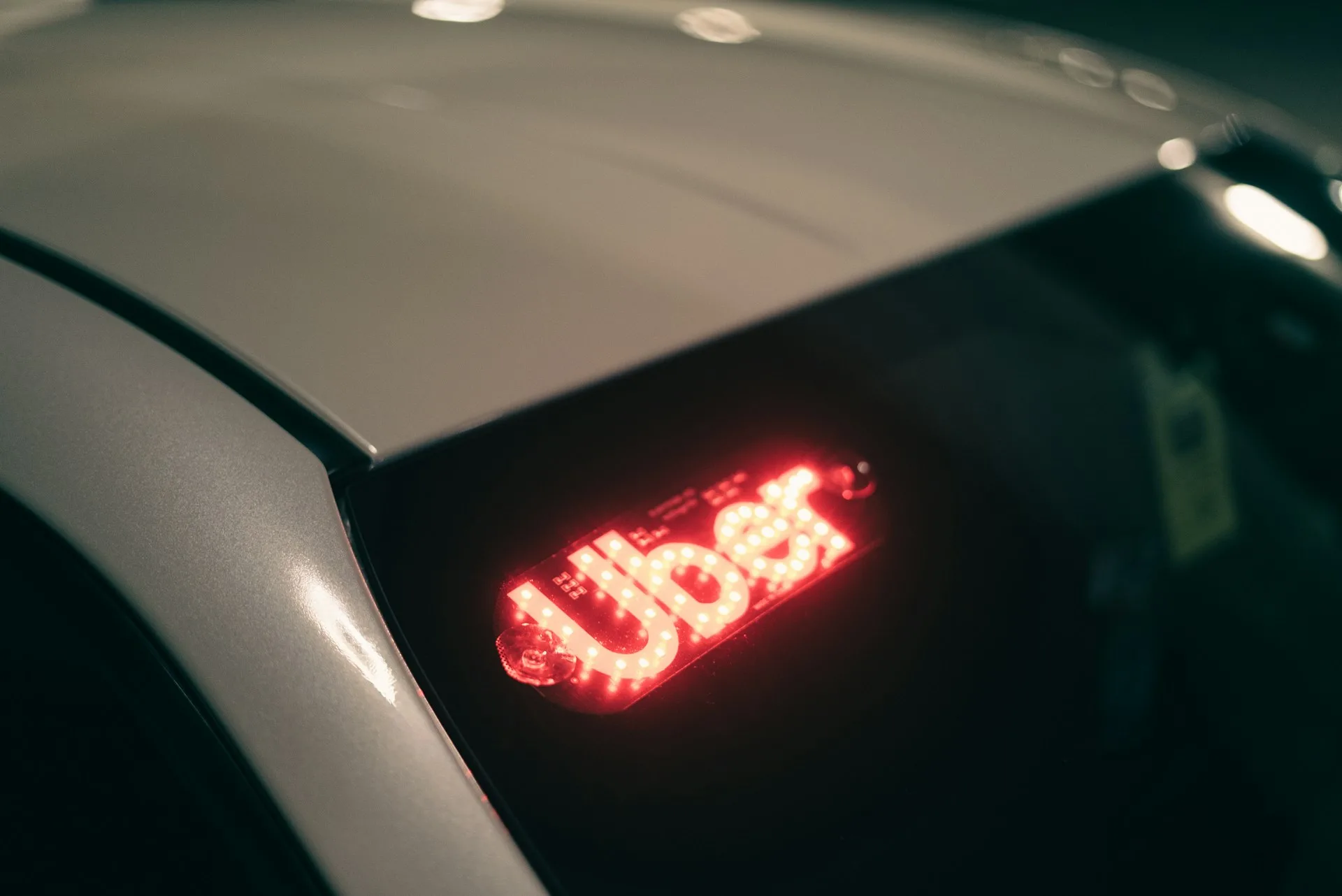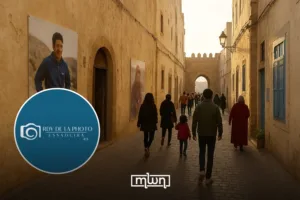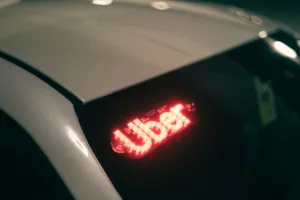Fez — Uber confirmed today it has resumed operations in Morocco, opening its app in Casablanca and Marrakech with product options including UberX and UberXL.
The relaunch brings standard features that frequent travelers are familiar with: riders can schedule trips in advance and pay digitally. The company says additional Moroccan cities will follow in phases.
The relaunch is framed by Uber as part of a national mobility push ahead of major events such as the AFCON. The company positions its platform to complement the Kingdom’s existing transport.
Crucially, Uber is returning through exclusive partnerships with licensed vehicles, aligning the service with local regulatory expectations that previously limited ride-hailing apps.
Uber’s comeback closes a seven-year absence. The firm suspended operations in Morocco in February 2018, citing the lack of a clear legal framework for private-hire vehicles and sustained resistance from traditional taxi interests. The pause followed three years of trials centered mainly in Casablanca.
Strategy and features
In practical terms, the app now offers multi-destination trips, advance bookings, cashless payments, and 24/7 support. Uber argues that these features can reduce friction for residents and visitors while improving reliability during peak tourism months.
The company also points to its experience managing spikes during global events, and says a phased expansion beyond Casablanca and Marrakech is planned once local partnerships are in place.
For Morocco’s travel economy, the timing is deliberate. With AFCON fixtures and a longer runway to 2030’s co-hosted World Cup, cities expect heavier visitor flows and greater demand for predictable, app-based transport.
By integrating only licensed vehicles at launch, Uber aims to avoid past conflict and present a clearer compliance model for authorities and operators alike.
Market watchers tracked signs of a comeback for months, including leadership postings and reports of behind-the-scenes talks.
Coverage earlier this year flagged Uber’s recruitment for a Morocco country lead and its intent to re-establish a legal, scalable footprint. Today’s go-live in two hubs signals those preparations have crossed into execution.
What remains to be seen is how fast the footprint grows and how riders, drivers, and incumbent services calibrate to the new mix.
For now, the relaunch gives Casablanca and Marrakech residents, as well as international visitors, another regulated option to move around two of Morocco’s busiest urban areas – one that is familiar to global travelers and increasingly adapted to local rules.
















